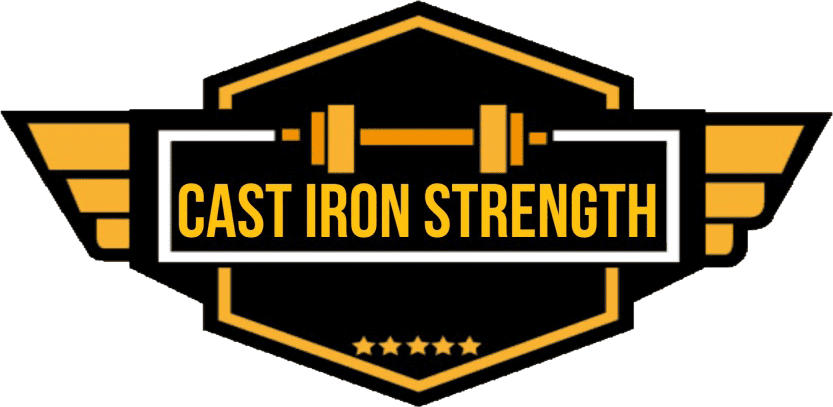If you want to delve more into this topic or this way of thinking there is an excellent introductory book on the subject I read earlier this year. Thinking in systems a primer by Donella H. Meadows is a fly-by look at the subject of systems-based thinking and systems theory. It’s a fantastic book and well worth a look regardless of what you do for a job or hobby it will bring a new way of thinking to your attention even if you think it’s a load of shite.
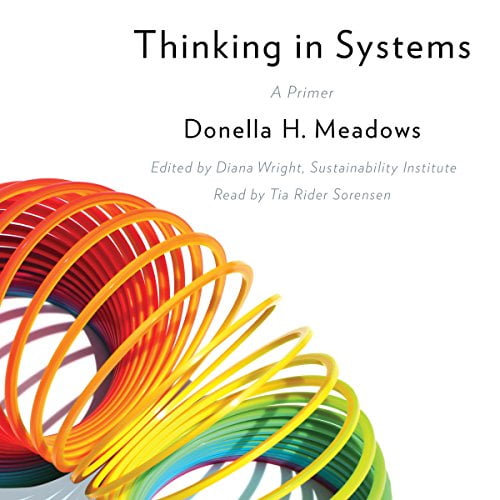
As you can probably tell from the title of this article series and the mentioning of this book early in this post this is pretty important to what is to come in this series. What initially got me down this line of thinking was an episode of the clinical athlete podcast more specifically Episode 33 an interview with Kevin Cann who runs a powerlifting training company called Precision Powerlifting.
To be honest I didn’t really delve much into Kevin or his work past the podcast I just found his idea of approaching powerlifting as a system that is influenced both bottom-up and top-down really interesting. He mentioned a bunch of metrics we use in sports science such as work/rest ration and how they seem to mean nothing to powerlifting training and how he tried to copy Boris Shikeo but couldn’t make it work consistently for his athletes and how this has influenced his thinking.
For me, it was an interesting take and something I think reflects my current thinking when it comes to programing and periodisation. I think it is a fact that both approaches to training work and have a proven track record of working the top-down/percentage lead approach has probably lead to more gold medals and more word records than any other method of training and planning in lifting based sports. However it has a lot of flaws as we discussed in the last post. The bottom-up or auto-regulatory approach also works really well. Which has been demonstrated in the past 10 years through all of the success that companies like Reactive Strength Systems have had in the international powerlifting competition.
They both have their strengths and their weaknesses and it leads me to think that we might all be grouping around an elephant and some people have the trunk and some people have the other trunk if you know what I’m saying (I am referring to the Elephant’s penis).
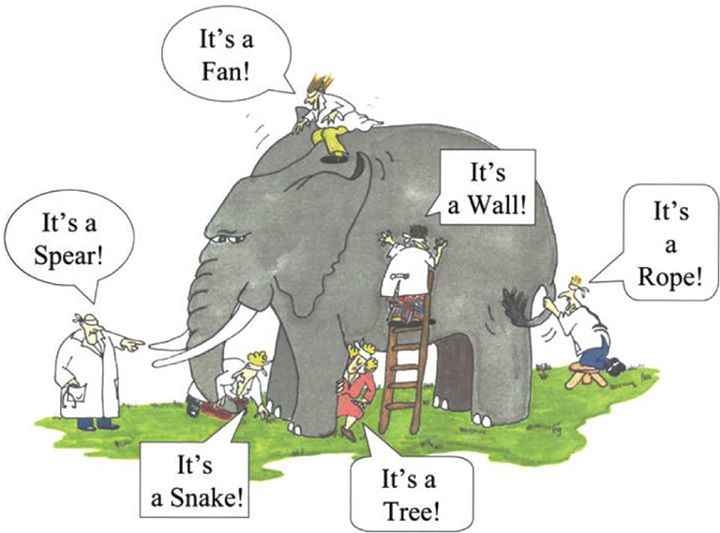
So what is a system?
system
google.com
/ˈsɪstəm/
noun
1.
a set of things working together as parts of a mechanism or an interconnecting network; a complex whole.
“the state railway system”
2.
a set of principles or procedures according to which something is done; an organized scheme or method.
“a multiparty system of government”
When it comes to systems-based thinking it tries to look at everything as a holistic whole. It tries to acknowledge that the things we see in the real world are large complex systems interacting with each other and producing outcomes some of which might not be easily predictable or counter-intuitive.
The opposite of which would be a reductionist approach where we look to reduce all of the variables that are not affecting the whole to try and get to the bottom of the cause or the problem/outcome. A reductionist approach or world view will see things as cause and effect. This is happening because of this reason. And whilst this is a valid way of looking at the world and of problem-solving (science when it comes to the granular level or level of studies is reductionist in its approach) it runs into a lot of issues when you try and apply it to larger more complex topics.
An example of these ways of thinking in powerlifting can be shown as follows.
Problem – The athlete is falling forward in the squat.
Systems based thinking approach – why are they falling forward? Look at the whole, look at the video of the lift, examine it in person. Assuming no obvious technical error – Come up with a solution that puts constraints on the system. Put in wall squats, front squats, overhead squats, and zombie squats into the program and remove back squat for a period to allow the lifter to self organise and learn new strategies for staying upright.
Reductionist based thinking approach – why are they falling forward? Look at the whole, look at the video of the lift, examine it in person. Assuming no obvious technical error – their quads are weak relative to their back, focus on quad strength. Leg press, high bar squats, front squats in as assistance.
The above is a bit of a strawman (creation of opinions or arguments that might not exist in the real world) but it represents two ways of thinking that you will see in the sport of powerlifting. Which on the face of it is pretty simple. Both ways of thinking actually come to a pretty similar outcome or solution in this but through wholly different paths.
What I dislike about reductionist thinking when it comes to a problem such as coaching people in a sport is an overly simplistic and nieve way of looking at the problem. A squat is a biomechanical system involving two masses/systems (barbell and lifter) moving through 2-4 meters of space unsupported. Utilizing 23 joints (ankles, knees, hips, Lumbar spine (x5) and thoracic spine (x12)). Even stopping there without going into the complexity of the human body and skill. To also to neglect the surroundings of the lifter, if their attention is on the lift and a whole host of other confounding factors.
To say you are falling forward because your quads are weak relative to your back is just too easy and convenient to be correct all of the time (if even most of the time) the fact that it might scattergun to the correct answer a fair bit of the time isn’t through anything else other than happy circumstance.
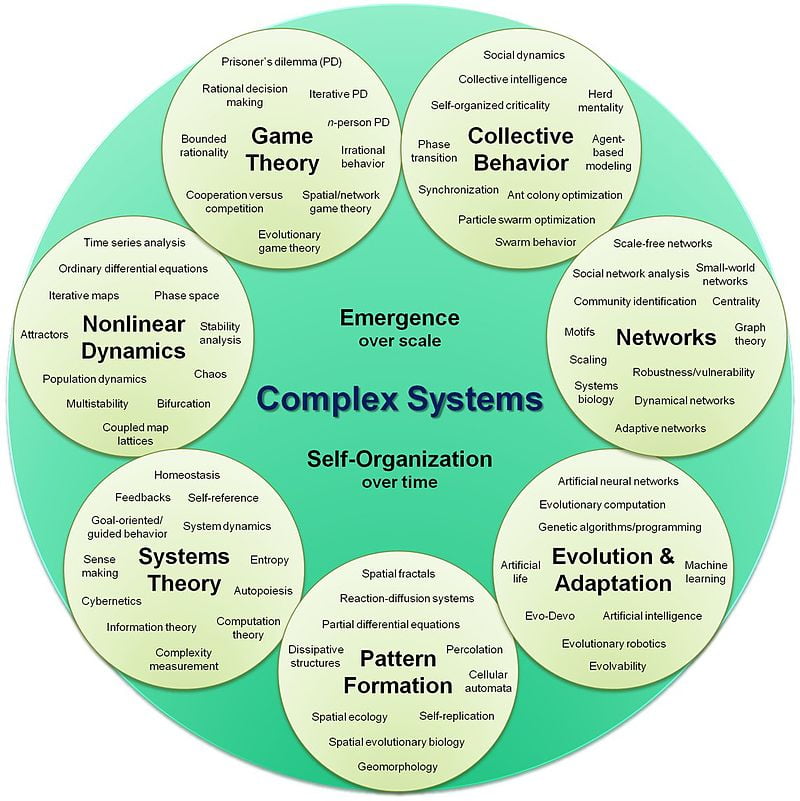
Enter Systems Thinking
Systems theory is the interdisciplinary study of systems. A system is a cohesive conglomeration of interrelated and interdependent parts that is either natural or man-made. Every system is delineated by its spatial and temporal boundaries, surrounded and influenced by its environment, described by its structure and purpose or nature and expressed in its functioning. In terms of its effects, a system can be more than the sum of its parts if it expresses synergy or emergent behavior. Changing one part of the system usually affects other parts and the whole system, with predictable patterns of behavior. For systems that are self-learning and self-adapting, the positive growth and adaptation depend upon how well the system is adjusted with its environment.
Wikipedia 2019
A Powerlifter and their training is a conglomeration of many separate but converging inputs that form a whole system. The goal of the “system” is to produce an increase in performance in the sport of powerlifting as determined by an increase in the powerlifter’s ability to lift maximal loads in Squat, Bench Press and Deadlift within the confines of the rules that the lifter competes in.
The above twadel or mouthy shite represents what I think to be a pretty fair definition of powerlifting training as a targeted system. Before I continue on developing this idea I need to produce some definitions so we can go forward using the same framework of thinking
- Stock – The innate quantity of a certain quality. For example, the amount of water currently in a bathtub is the Stock in the system. In powerlifting we will determine this as the lifter’s ability to produce 1RM SBD (squat, bench and deadlift) performance in the three powerlifts on any one day) to be our desired stock.
- Inflows – Turning on the tap and increasing the amount of water in the bathtub increases the stock of bathwater this is an inflow. In powerlifting, inflows increase your performance in 1RM in the desired lifts either.
- Outflows – opening the plug or a hole in the bottom of the bathtub allows water to flow out this decreases the stock of water in the Tub (outflow). In powerlifting outflows are factors that decrease your 1RM in the desired lifts.
- Feedback loops – there are a number of different feedback loops detailed in the book and in systems thinking for the sake of brevity we will keep it to two. Positive feedback loop – the more I do of this the stronger I get. Negative feedback loop the more I do of this the weaker or more fatigued I get.
Stock Items in powerlifting
- Muscle mass/size (cross-sectional area)
- Muscle strength (joint-specific)
- Structural + Connective tissue strength and Health (tendons, ligaments, and bones)
- Specific Movement efficiency (skill)
- Specific Movement Proficiency (ability to recruit muscle units/express force)
- Basic conditioning (nonspecific strength, endurance, and coordination).
Inflows to powerlifting training
- Specific and sufficient training stress
- General training stress that is complementary
- Increased understanding of training and skill
- Mindset, Mental practice, and Coping Strategies
- Sleep
- Protein
- Calories
- Carbs
- Fats
- Recovery aids
- Good lifestyle (moderate approach to life)
- Performance-enhancing Drugs
- Low-stress life style
- Well balanced diet with micronutrients required
Outflows to powerlifting training
- Too much specific training stress
- Too much nonspecific training stress
- Unhelpful training stress
- Insufficient sleep
- Insufficient protein
- Insufficient calories
- Insufficient carbs
- Insufficient fats
- Poor lifestyle (too much drinking, smoking, drugs, etc)
- High-stress lifestyle
- Poor diet variety and micronutrient content.
Feedback loops by their nature are almost infinite in scope but we will look at 2 areas in training and recover and both positive and negative feedback loops for each inflow/outflow.
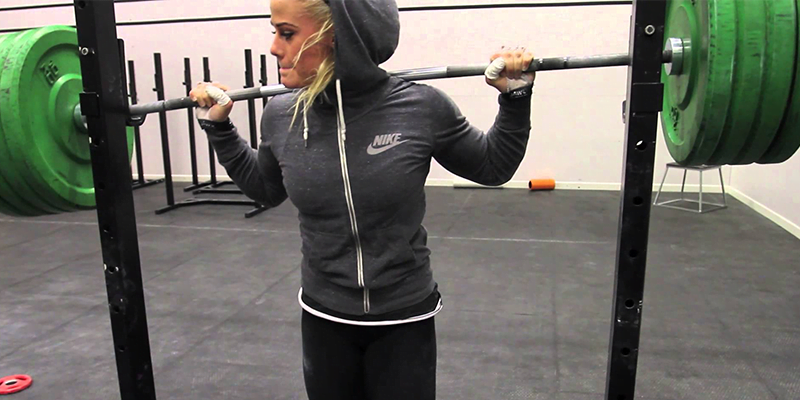
Specific Training Stress 3 weeks of top set training for the squat first exercise of the week.
Inflow = Specific and sufficient training stress
Outflow = Too much specific training stress
Positive feedback loop –
The first week – aims for 3 reps at an actual @7 honest with yourself and maybe even sandbag it a bit just to make sure you get off to a good start for your training cycle.
The second week – looks to progress the top set by 1-2% goes in with a plan on the number they are going to hit. Warms up well crushes the set and does another set to reach actual @7 for 3 reps.
The third week – goes in looking to maybe repeat the last weeks set because they didn’t sleep well due to heavy partying at the weekend. Warm-up goes well in spite of subjective feeling, perform top set feels too good to be @7 increase another 1-2% from last week.
Negative feedback loop
The first week – goes in thinking of what they would like to hit for 3 reps. Goes to top set anyway even tho warm-ups felt pretty ropey hits an Instagram 7 (actually @8.5) leaves gym after shit down sets but they hit their goal weight.
The second week – looking for 10kg increase because fuck using smaller plates. Warm-ups actually feel worse than last week, manage to grind the shit out of top set of 3 it’s an @9.5/10 but it’s an @8 on Instagram with some fucking bullshit diatribe about why it’s was more difficult this week than it should be. Sandbag the down sets because way too fatigued from near failure set.
The third week – goes in anxious as fuck because to stay on track you need to set a new 3 rep PB but you were out drinking at the weekend and you feel like shit. Fail your last warm-up set. Go home immediately think about quitting powerlifting. Throw up a massive emotional rant about why you are anxious over a sport none of your mates could care less about.

Sleep habits over a heavy training week.
Inflow – Sufficient and good quality sleep leads to enhanced performance and recovery
Outflow – Insufficient or poor-quality sleep leads to lethargy, poor training adherence, and poor recovery.
Training week
- Monday – Heavy squats AM
- Tuesday – Heavy Bench AM
- Wednesday – Off
- Thursday – Heavy Deads + Light Bench AM
- Friday – Off
- Saturday – Assistance workout
- Sunday off
Positive Feedback Loop
No drink 6 hours before bed, no phone use 1 hour before bed, same sleep time, same wake-up time, cool room and good quality mattress.
Monday – wake up feeling good, tough workout but actually do better than expected.
Tuesday – bit groggy from Monday as lots of stress to recover from but need to get up to keep on schedule, have a good workout make targets, things felt a bit slow but good.
Wednesday – Use the day off to sleep an extra 2 hours to try and catch up on some recovery.
Thursday – Feel much better after the rest day and extra sleep. Good deadlift session hit the top set and felt good.
Friday – Long weekend so you go out for a few beers, make sure to switch to water 4 hours before you know you are planning on getting to sleep. Missed your goal by a couple of hours but should be fine.
Saturday – head into the gym a bit later than normal, feeling a bit worse for wear but midway through your workout feel better and finish strong. Not best work out ever but job done.
Deload next week, a good end to a good block.
Negative feedback loop
No set bedtime only set wake up time when you have to, read Reddit on the phone when in bed, bedroom same temp as the house, cheap mattress and drinks whenever with whomever.
Monday – Had a reasonable sleep, 6 hours bit broken but feel okay. Get through the workout, hard work but did it.
Tuesday – Not great sleep, 6 hours again, felt groggy as fuck getting up. Bench went pretty poorly had to miss a rep off top set, never really got into the workout.
Wednesday – 7 hours sleep, went to bed a bit later last night as was binge-watching my favorite show. Still, feel a bit tired but better than yesterday.
Thursday – 5 hours sleep, had to get up early to workout but ended up a Reddit hole last night about my favorite show. Hit top set on deadlift but it felt shit, had to knock down sets on the head as back was stiff from the top set.
Friday – Long weekend and no training. Binge watched rest of the season after a really long lie stayed in bed for 12 hours. Back feels a bit stiff but should be okay. Got mashed Friday night but can sleep in tomorrow and it’s only assistance so will be fine.
Saturday – skipped gym couldn’t face it got Dominos instead and started a new show, back felt a bit stiff this morning anyway so didn’t wanna chance it.
Survived the heavy week thank fuck next week is deload.
Why are they feedback loops?
In both scenarios, you are either putting in a positive input that begets more success and increases the likelihood of more positive inputs (increases stock) or you are taking away with negative input and decreasing the likelihood of positive inputs (decreases stock).
Momentum is created by choosing positive inputs and mitigating the effect of negative inputs. Stagnation, plateaus, and injury are caused by an abundance of negative inputs that deplete positive stock until it’s too late.
In the next installment of this series, I will talk about how you can build a framework or system that makes sure you are increasing your stock and pushing forward instead of blindly performing a random walk towards mediocrity or brief success followed by injury.
Marc
